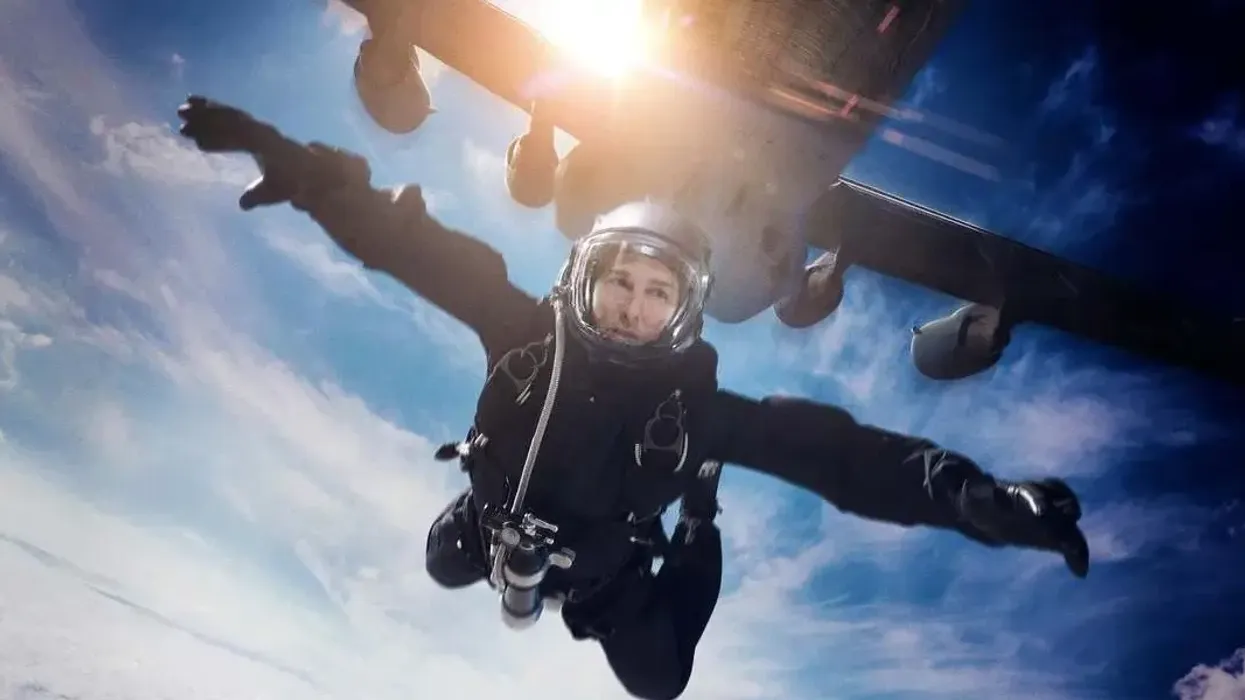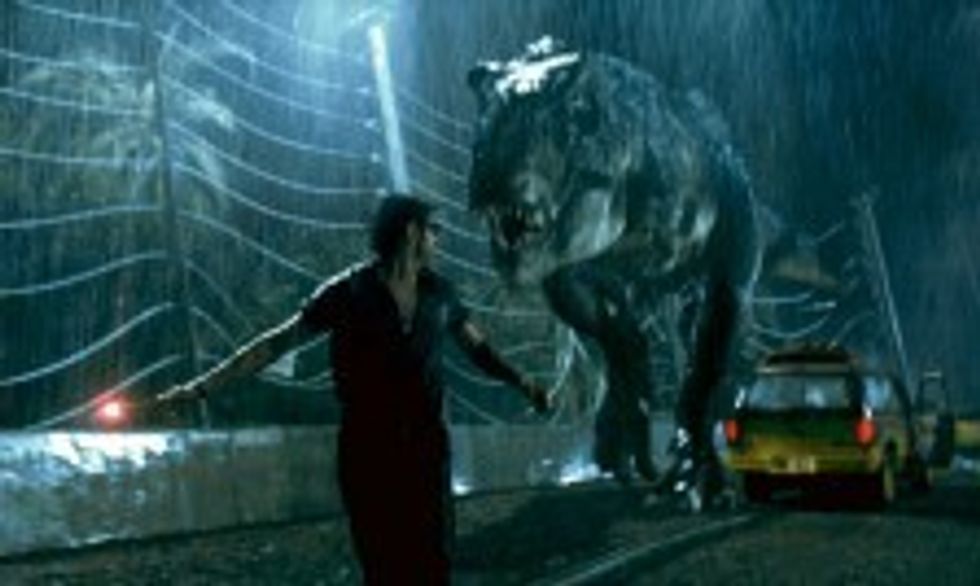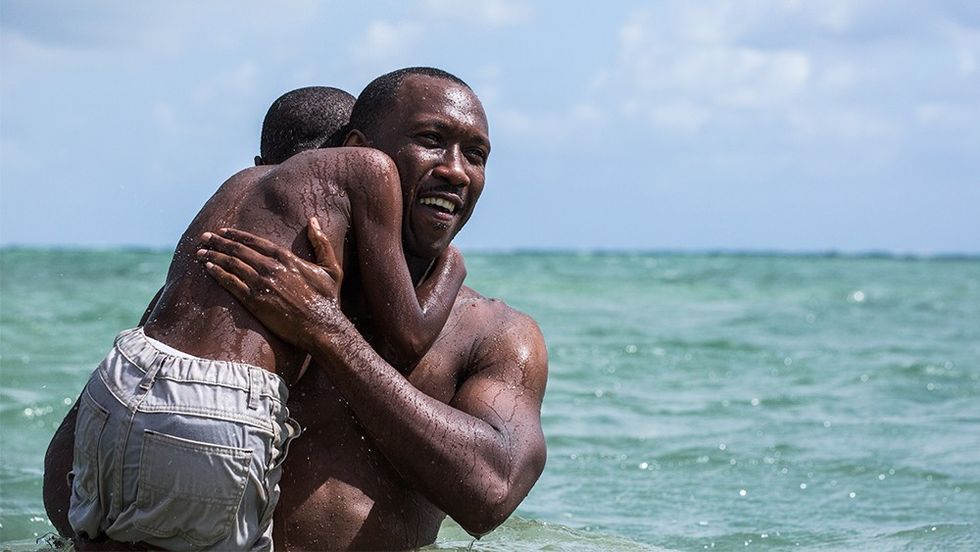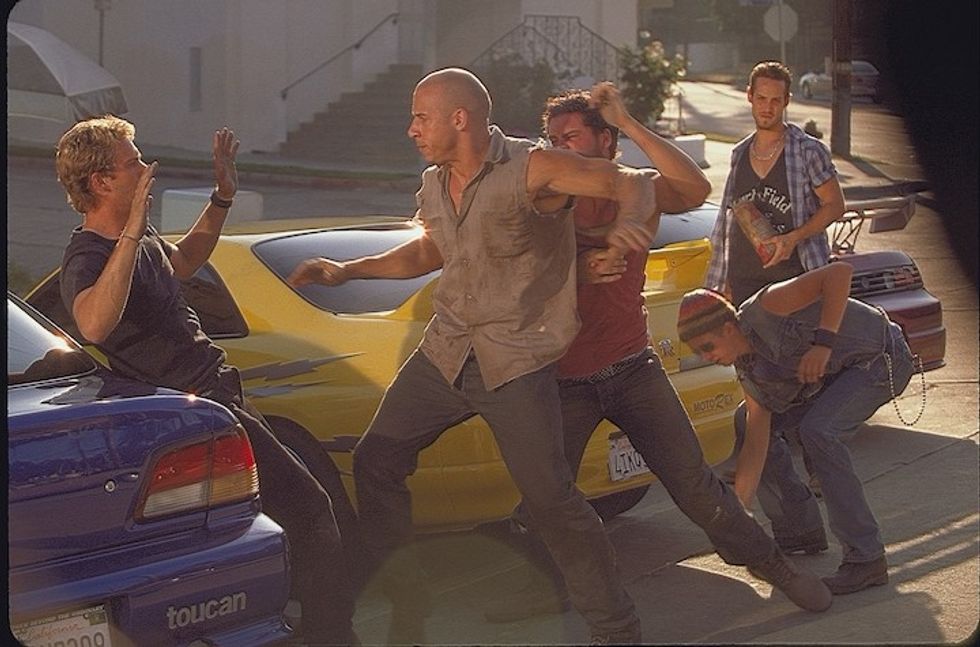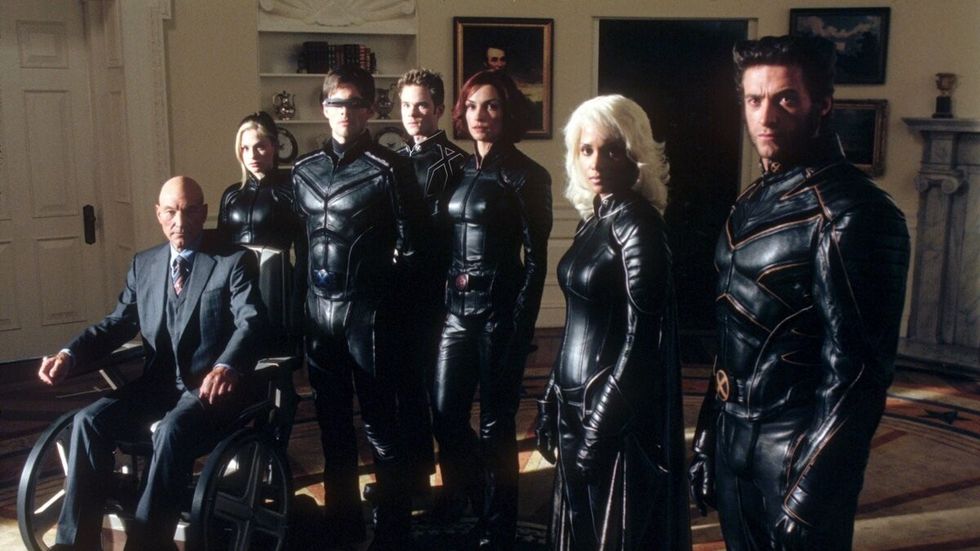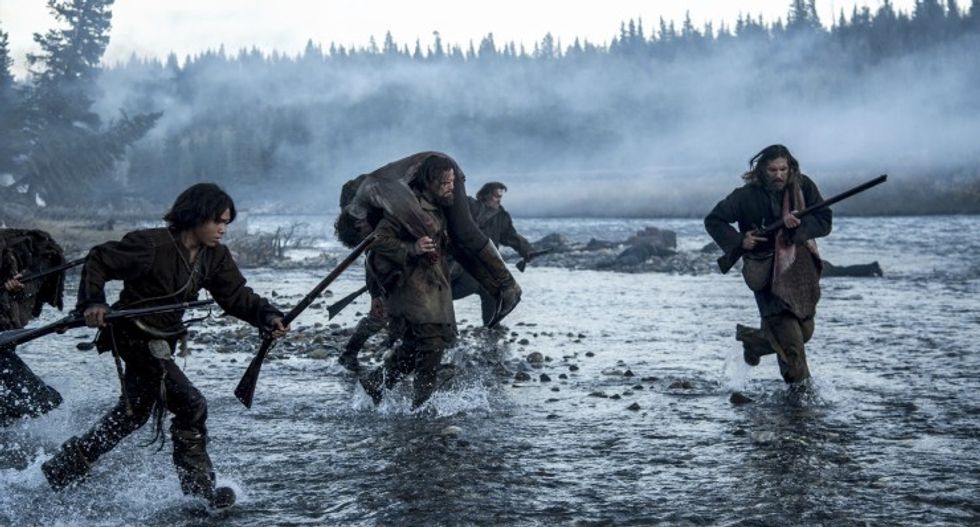When Cinematography Serves Story: Advice from 'Raging Bull' DP Michael Chapman
"Cinematography doesn't have to be beautiful. It has to be appropriate."
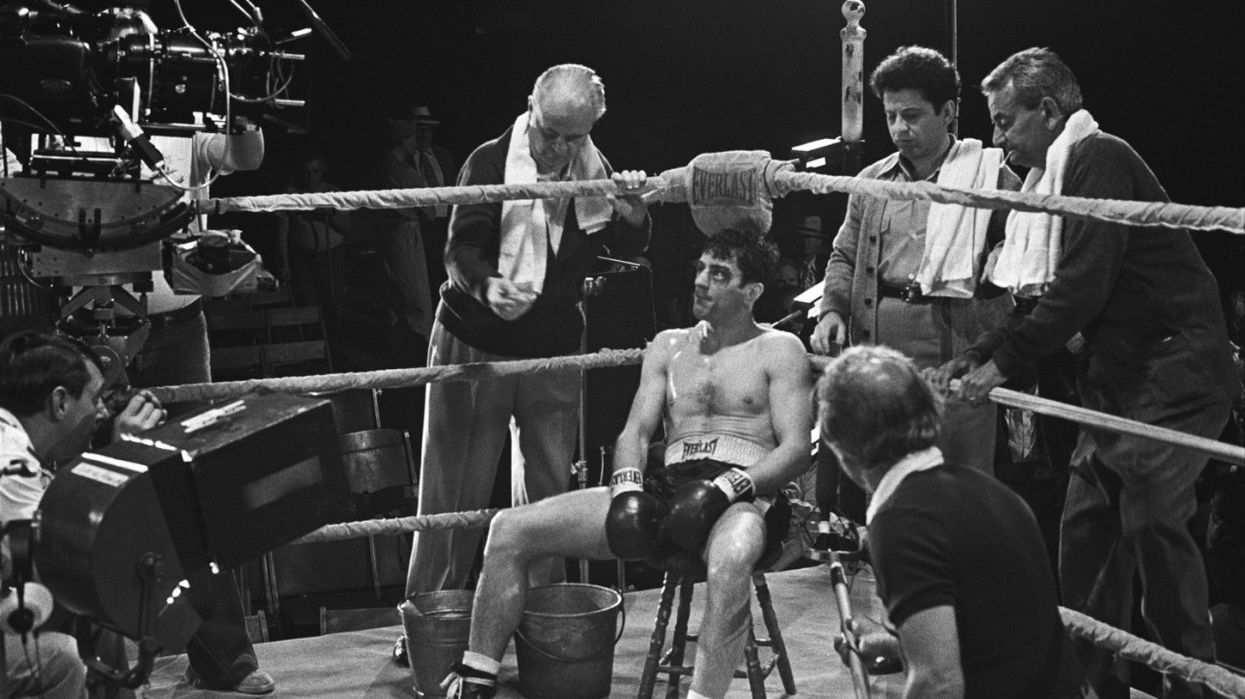
The art of cinematography is about more than making beautiful images; it's also about telling stories with those images. Cinematographer Michael Chapman has worked on iconic films such as Raging Bull, Taxi Driver, and The Fugitive, and in this interview with Cooke Optics TV he offers some sage advice for image makers who want to take their visual storytelling to the next level.
Chapman said several important things during the interview, but here are a couple takeaways that you might find particularly insightful:
Story comes before beauty
Many new filmmakers and cinematographers obsess over shooting beautiful images—this is probably why we see a lot of shallow depth of field in their first projects! Though beauty can be a powerful tool when crafting an image, it's not the most important one. According to Chapman, it's more about figuring out how to best serve your story, rather than figuring out how to make a shot look pretty. He says, "Cinematography doesn't have to be beautiful. It has to be appropriate," which is certainly a mature approach that young artists might want to develop in their craft. Why? Because if you're got a stunning image that doesn't give any information about the mood of the scene or the emotional state of the character, then what good is it to your audience?
Your audience gets it
Smartphone and cameras are insanely accessible now—your grandma probably has a vlog up on YouTube. What this means is audiences are much more savvy about visual storytelling than you might think, so telling stories with cinematography doesn't have to be so overt that you're beating your audience over the head with it. It can be subtle. It can be nuanced. You hear it all the time, "I'm just not sure if people are going to catch it," or "Do you think this is going to go right over their heads?" The answers are, "They will," and "No, absolutely not." Give your audience more credit!
Source: Cooke Optics TV
